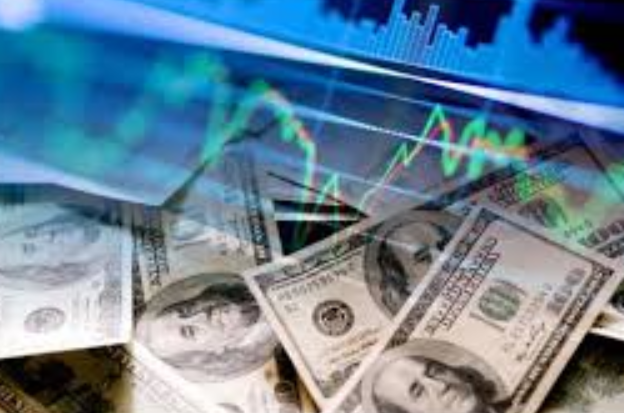KARACHI – The government’s renewed push to rein in the dollar’s value is hitting resistance, as market forces remain firmly opposed to official exchange rate targets. Despite recent enforcement efforts, including a crackdown on currency smuggling, foreign currencies are becoming scarce in the open market, and the rupee’s recovery appears limited.
Exchange Rate Target Misses the Mark
Since July 23, authorities have been actively trying to push the dollar down toward Rs250, launching a high-profile anti-smuggling campaign and holding meetings with stakeholders across the financial sector — including banks, money changers, and jewellers. But on the ground, traders say the plan isn’t working.
The dollar’s exchange rate has seen only a modest dip of around Rs3, with open market and interbank rates still hovering above Rs280. Analysts suggest that the actual equilibrium lies closer to Rs281, well beyond the government’s stated goal.
A senior executive at a top-tier currency exchange company summed it up bluntly: “There’s a major mismatch between policy hopes and market behavior. Even finding a few hundred dollars in the open market is now a challenge.”
Currency Supply Shrinks Amid Pressure
Foreign currencies such as the US dollar, euro, and pound have become increasingly difficult to source. While Malik Bostan, head of the Forex Association of Pakistan, publicly denied any widespread shortage, ground-level dealers paint a different picture — one of shrinking supply and mounting demand.
The Exchange Companies Association of Pakistan (ECAP) listed the dollar at Rs285.15 in the open market on Wednesday, with interbank trading close behind at Rs282.87 — both figures far from the Rs250 target.
In parallel, there’s growing speculation that a black market for dollars is once again gaining traction, with unregulated rates exceeding official quotes. This shadow market, if left unchecked, could further distort demand and supply dynamics.
Banks Play Favorites Amid Dollar Scarcity
According to insiders in the interbank market, banks authorized by the State Bank to supply dollars are favoring select clients and charging above-official rates. Importers are feeling the pinch.
“Getting approval for even a half-million-dollar LC is becoming a bureaucratic nightmare,” said Atif Ahmed, a market dealer. “Those without strong banking relationships are being sidelined.”
Although FY25 has seen a pickup in imports — hinting at slightly loosened restrictions compared to last year — it hasn’t been enough to fix the imbalance in the forex ecosystem.
Why Rs250 May Remain a Mirage
Financial analysts remain skeptical about the rupee regaining significant ground in the near term. Some predict a brief appreciation into the Rs270s, but say a sustained rally is unlikely without substantial shifts in macroeconomic fundamentals.
“The Pakistani economy, as it stands, simply can’t justify a Rs250-dollar rate,” a senior banker noted. “We’re still highly dependent on external dollar inflows, and even though the greenback has lost some steam globally this year, it’s not nearly enough to shift the tide.”
Bottom Line:
While the government appears determined to control the exchange rate, market forces — from dwindling supply to unofficial trading — are pushing back hard. Without a credible alignment of economic fundamentals and forex policy, the Rs250 dollar dream may remain out of reach.

